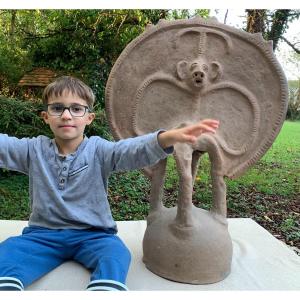Stunning and monumental commemorative or funerary stele of DAKAKARI tribe, North-West Nigeria
15th - 16th centuries
This terracotta was appraised by Ms. Francine N'DIAYE (1928-2011)*,
*Art Historian, Ethnologist, University Lecturer, Professor at National Museum of Natural History and formerly in charge of the Department de l'Afrique Noire au Musée de l'Homme
1993: The piece was part of the exhibition "Secret objects, sacred objects" at the Departmental Museum of St Antoine de l'Abbaye (Isère) dedicated to the funerary rites and beliefs of the various civilizations and cultures of the world. His photo is reproduced in full page under number 18 of the exhibition catalog (A rare copy of this catalog will be provided to the buyer)
Dimensions
83cm high and 60cm large (upper disc) !!!
Base diameter 30cm
Some very slight gaps and restorations on the 4 legs starting from the base and supporting the large upper disc
Provenance Parisian private collection YB
A semi-sperical base is placed under an openwork colonnade supporting a very large disc with 1 figure in relief on each of its 2 faces.
Our terracotta Janus statue remains enigmatic when it comes to its interpretation: sometimes considered like a rider, sometimes like an elephant, our stele nevertheless seems to represent 2 bats back to back, one sexual representing the male and the other facing the female, smaller because placed in a lower position. (please check the photo with the 2 sides side side-by-side).
Note the scrarifications decorating the edges of the stele disc and the wings or limbs of the animal.
The terracotta is red and some pieces usually have some residual traces of kaolin.
These huge and impressive funerary statues were placed on the graves of very high-ranking figures, often Men of War, especially members of the OKNUH Secret Society. These terracotta sculptures or altars were thus placed on the burial mounds, which also served as a landmark to pay homage to the deceased.
The Dakakari, established in the north-west of Nigeria, made these terracotta figures which they placed on ancestral graves.
"The custom was to block the tombs with terracotta slabs. For the dignitaries of the most elaborate burials, this made it easy to recognize the places in order to pay their respects. The themes proposed are mostly the same: the rider and his mount, animals such as the hyena or the dromedary, sometimes a naked figure, accompanying him from the Dead in the afterlife. The style of work can sometimes differ from region to region, depending on terracotta and the type of cooking. The pôteries depicting a horseman indicated the burials of the highest officers in SARAUTA system, the union of the Hausa states in the 15th and 16th centuries, who reigned supreme over these regions of Nigeria and were enriched by the sale of "recruited" slaves from the southern populations, of Niger-Cogolese languages."






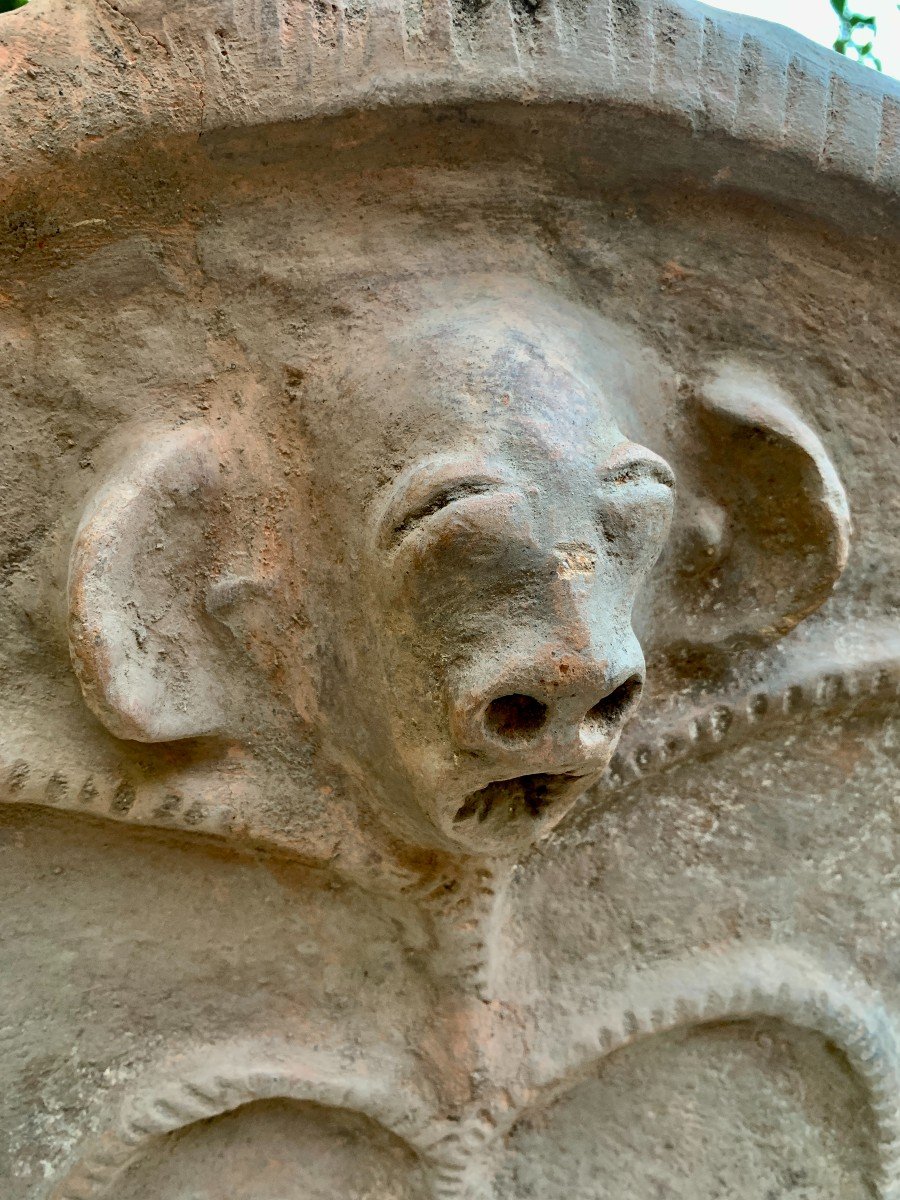





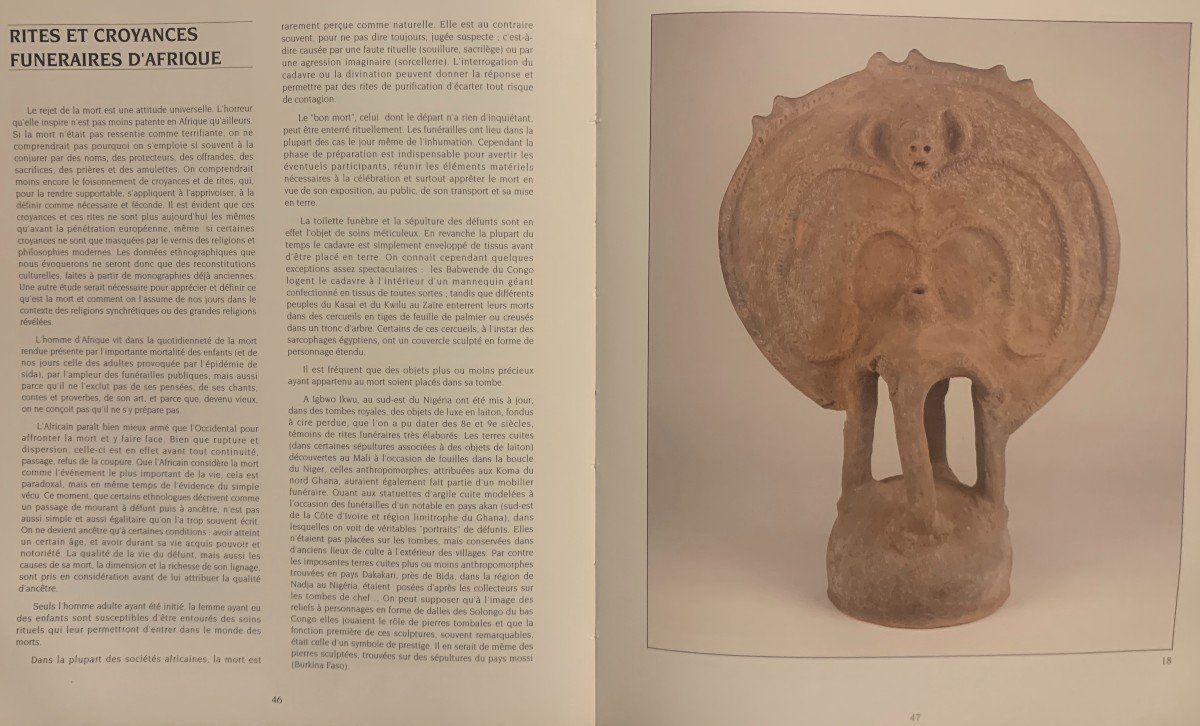

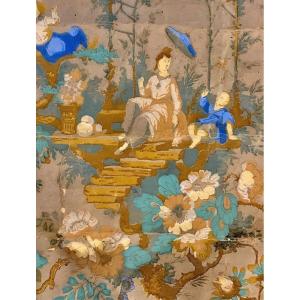





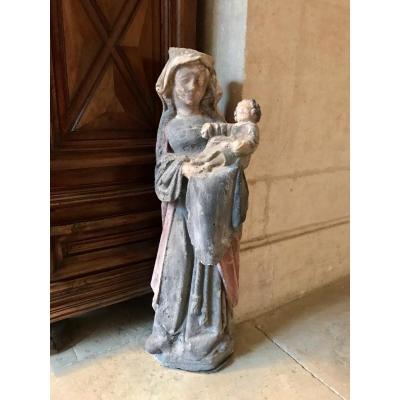
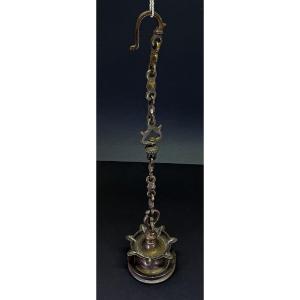

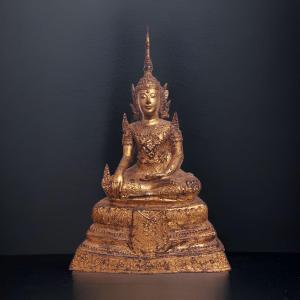
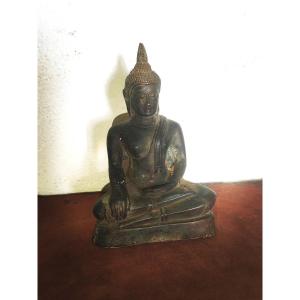




 Le Magazine de PROANTIC
Le Magazine de PROANTIC TRÉSORS Magazine
TRÉSORS Magazine Rivista Artiquariato
Rivista Artiquariato
